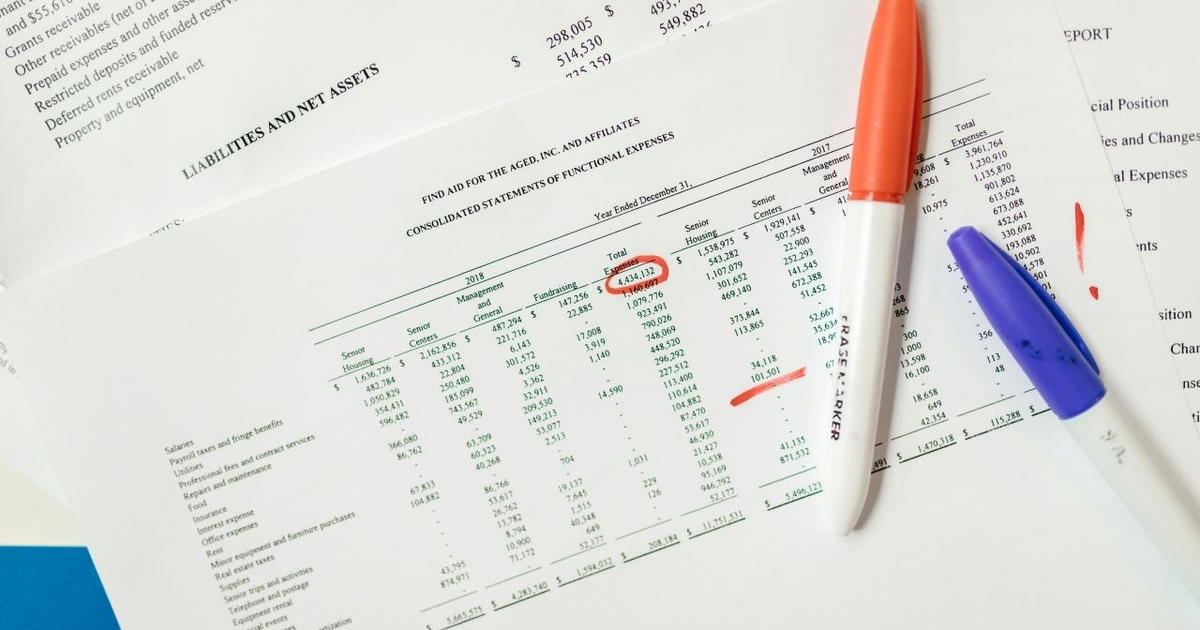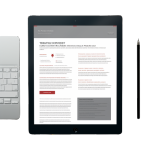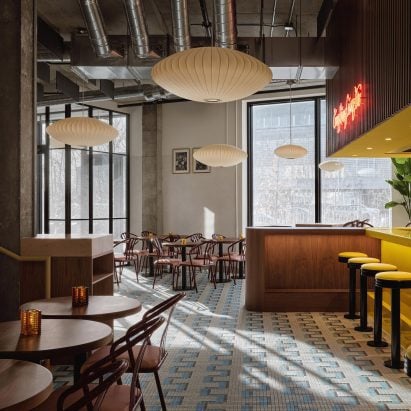
It’s no surprise to anyone running a restaurant right now that we’re in a high-cost environment and finding ways to trim those costs has become more critical than perhaps ever.
Of course, that’s easier said than done. But it’s not impossible. During US Foods’ Food Fanatics event last week in Las Vegas, US Foods restaurant operations consultant Matt Bruenderman said there are at least 10 hidden costs creeping up on operators’ balance sheets that can nickel and dime a business to death.
“You’re not going to find $1,000 you can grab in your P&L (profit and loss statement), but you can find 1,000 ways to save money. Most restaurants are bleeding from 1,000 individual cuts,” he said. “There are a million opportunities to improve hidden costs.”
Bruenderman outlined 10 such opportunities, including:
10: No plan, no profits
He said it’s important to write a budget, and often. He works with restaurants in the Cleveland market, for instance, and looks at the Browns, Cavaliers, Guardians, theater, and concert schedules every Monday so he can anticipate rushes to optimize labor scheduling.
“We look at end times, ticket sales, everything,” he said. “We also look at the weather, last year’s sales, food truck schedules. We have a detail of what’s going on so we can have the proper schedule and sales projections. Without that, you’re flying blind.”
9. Brand confusion = guest confusion
Bruenderman pointed to TGI Fridays, which filed for Chapter 11 bankruptcy last year, as an example of what can happen when a brand tries to be everything to everyone.
“Thirty years ago, it was the place to be. Then it became watered down over the years — Korean tacos, Greek salads, steaks, Mexican. Everything was on the menu. Every brand has a personality. Think about what yours is and be true to that. If you can’t describe what you do best, then you won’t stand out.”
He added that it’s important to reinforce your brand everywhere — on the building, menu, packaging, parking lot, etc.
8. You had them and you let them go
Bruenderman said operators need to capture as much guest data as possible, whether through a loyalty program, reservations system, reviews, or another channel. This helps you define your focus and sharpen your brand to stay top of mind for increasingly selective consumers.
7. Order taker versus money maker
Salesmanship, Bruenderman said, is a non-negotiable trait for your front of house employees. It’s important to know who is upselling and who is just taking orders.
“You don’t want someone’s experience to be robotic or scripted. We want someone who appreciates that a customer has chosen your restaurant out of hundreds of choices nearby,” he said. “We want an intentional, suggestive sales approach. ‘Who are our beer drinkers? We’re doing a collab with the brewery down the street. Can I pour you a tall one?’ You don’t just want, ‘What can I get you to drink?’”
Bruenderman said it’s important to measure results and provide incentives. A server who raises their per-person-average by $2 an order, for instance, can make hundreds more a month.
6. Leaker containers = leaky sales
As off-premises business remains an important revenue stream, Bruenderman said quality packaging has become table stakes. It should maintain the integrity of your product for at least 30 minutes. Customers, he added, view leaky packaging as a deterrent for repeat orders.
“Invest in high-quality packaging. It’s essential in the competitive takeout market,” he said.
5. Train hard, manage easy
A major hidden cost comes simply from inconsistency. Training your staff the right way is hard, but putting out fires all day because they weren’t sufficiently trained is also hard.
“Choose your hard,” Bruenderman said. “Inconsistency fuels turnover and more inconsistency. Employee training, manuals, policies, checklists are essential.”
4. Blockbuster Night!
Do not sit on the sidelines when it comes to technology adoption. Bruenderman said Blockbuster declined an offer to acquire Netflix in 2000, for example, and it has since become a case study in what not to do.
“Tech is a profit multiplier, not a cost,” he said. “Restaurants that ignore tech will be left behind.”
He suggested starting small. A scheduling platform, for instance, can save up to 3% on labor costs.
3. Your menu is too big
Big menus, Bruenderman said, cause decision fatigue for customers, create inefficiencies in the kitchen (not to mention clutter and spoilage), and slow down service.
“Think about what’s making you money and drill that menu down,” he said.
2. Fix it before it breaks
Downtime from equipment failure leads to lost revenue. Bruenderman said it’s important to keep a preventative maintenance checklist, including HVAC, refrigeration, and plumbing systems, to avoid any such downtime.
“There’s a reason Ben Franklin said an ounce of prevention is worth a pound of cure,” he said.
1. Are you listening?
Finally, Bruenderman said turnover isn’t a hidden cost for operators, but the reason behind high turnover could be.
“Culture impacts turnover more than pay,” he said. “Owners and managers create that culture and have to decide what’s going to fly and what’s not. Be humble. Check in with the team. Solicit feedback to make them stronger. And always be listening.”
Contact Alicia Kelso at [email protected]
Follow her on TikTok at http://www.tiktok.com/@aliciakelso








